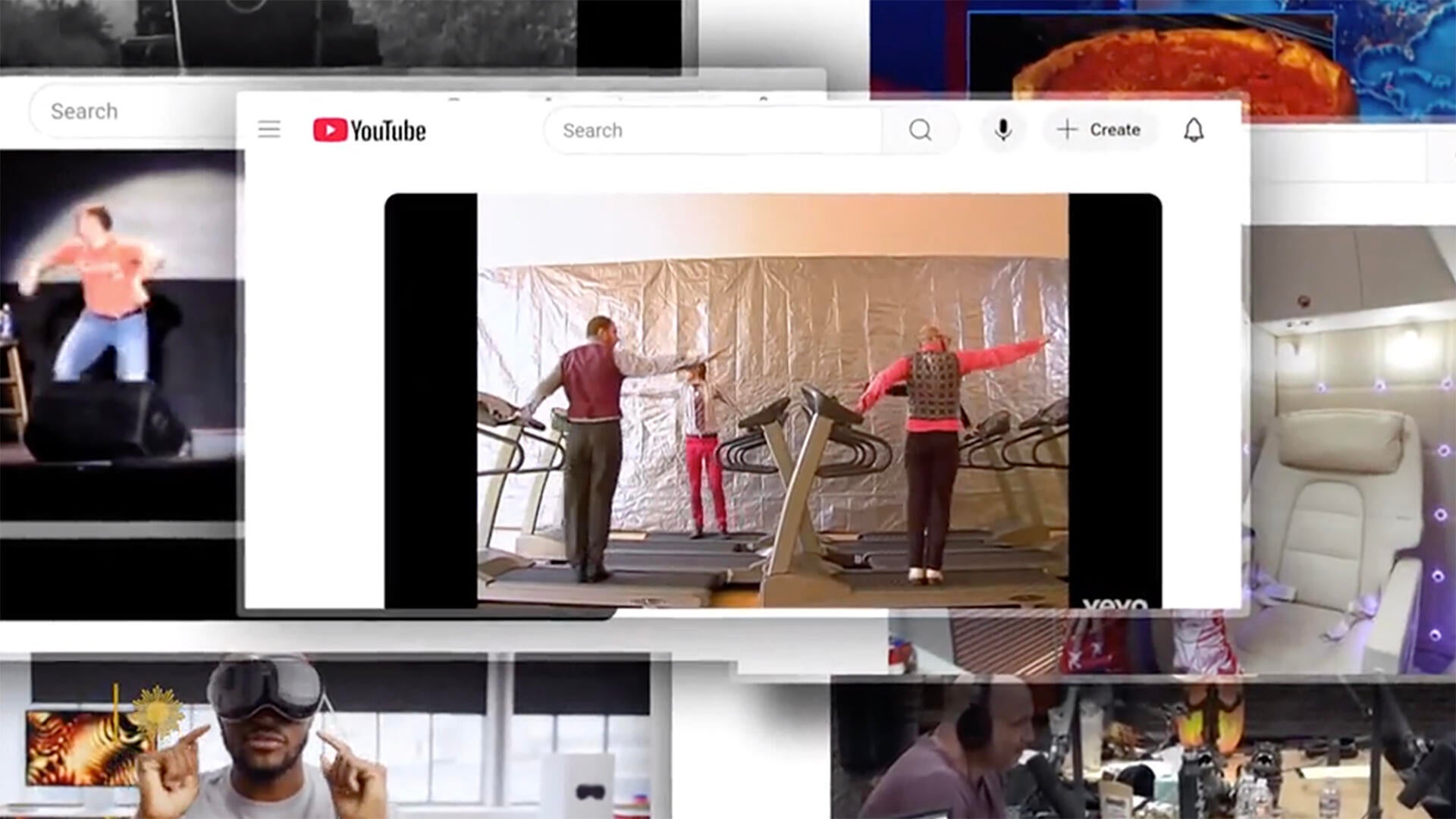Why Innovative Healthcare Tech Often Fails to Deliver: Navigating the Hurdles of Adoption

The Promise vs. Reality of Healthcare Technology
The healthcare industry is buzzing with technological innovation – from AI-powered diagnostics to robotic surgery and telehealth platforms. Yet, a frustrating reality persists: many promising breakthroughs struggle to gain widespread adoption. Why is this the case? While the intentions are noble – improving patient outcomes, streamlining processes, and reducing costs – the unique demands of healthcare create significant barriers that slow down the journey from laboratory to widespread clinical use.
The Core Challenge: Safety, Precision, and Regulation
Unlike many other industries, healthcare operates under a strict regime of safety and precision. Errors in healthcare can have life-altering, even fatal, consequences. This necessitates a culture of caution and a rigorous validation process. Each new platform, device, or treatment must navigate a complex web of regulatory compliance, including HIPAA, FDA approvals (in the US), and other national and international standards.
This focus on safety and compliance, while undoubtedly positive, inherently impacts agility. The speed at which new technologies can be implemented is significantly reduced, particularly for those lacking a proven track record. The process of demonstrating efficacy, safety, and reliability is lengthy and expensive, often requiring extensive clinical trials and post-market surveillance.
The Adoption Gap: Why Good Tech Gets Stuck
Several factors contribute to this adoption gap:
- Regulatory Burden: The sheer volume of regulations and the time required to navigate them can be a major deterrent for smaller companies and startups.
- Integration Challenges: Healthcare systems often rely on legacy IT infrastructure, making it difficult to seamlessly integrate new technologies. Interoperability issues – the ability of different systems to communicate and share data – remain a persistent problem.
- Clinical Workflow Disruption: Introducing new technology can disrupt established clinical workflows, requiring significant training and adaptation from healthcare professionals. Resistance to change is a natural human response, and overcoming it requires careful planning and communication.
- Cost and ROI: Healthcare organizations are under increasing pressure to control costs. Demonstrating a clear return on investment (ROI) for new technologies is crucial, and often challenging, especially in the short term.
- Data Security and Privacy Concerns: With the increasing reliance on digital health records, data security and patient privacy are paramount. New technologies must be demonstrably secure and compliant with privacy regulations.
Moving Forward: Strategies for Successful Adoption
Despite these challenges, the potential of technology to transform healthcare remains immense. To accelerate adoption, several strategies are needed:
- Streamlined Regulatory Pathways: Exploring opportunities to streamline regulatory processes without compromising safety.
- Open Standards and Interoperability: Promoting the adoption of open standards to facilitate seamless data exchange between different systems.
- Human-Centered Design: Designing technologies that are intuitive, user-friendly, and integrate seamlessly into clinical workflows.
- Demonstrating Value: Focusing on demonstrating the tangible benefits of new technologies, including improved patient outcomes, reduced costs, and increased efficiency.
- Phased Implementation: Adopting a phased implementation approach, starting with pilot projects and gradually scaling up as confidence grows.
Conclusion
The path to widespread adoption of innovative healthcare technology is not always smooth. By understanding the unique challenges and implementing strategic solutions, we can bridge the gap between promise and practice and unlock the full potential of technology to improve healthcare for all.






